by Keyword: Osteoarthritis
 Yuan, SC, Alvarez, Z, Lee, SR, Pavlovic, RZ, Yuan, CH, Singer, E, Weigand, SJ, Palmer, LC, Stupp, SI, (2024). Supramolecular Motion Enables Chondrogenic Bioactivity of a Cyclic Peptide Mimetic of Transforming Growth Factor-β1 Journal Of The American Chemical Society 146, 21555-21567
Yuan, SC, Alvarez, Z, Lee, SR, Pavlovic, RZ, Yuan, CH, Singer, E, Weigand, SJ, Palmer, LC, Stupp, SI, (2024). Supramolecular Motion Enables Chondrogenic Bioactivity of a Cyclic Peptide Mimetic of Transforming Growth Factor-β1 Journal Of The American Chemical Society 146, 21555-21567
Transforming growth factor (TGF)-beta 1 is a multifunctional protein that is essential in many cellular processes that include fibrosis, inflammation, chondrogenesis, and cartilage repair. In particular, cartilage repair is important to avoid physical disability since this tissue does not have the inherent capacity to regenerate beyond full development. We report here on supramolecular coassemblies of two peptide amphiphile molecules, one containing a TGF-beta 1 mimetic peptide, and another which is one of two constitutional isomers lacking bioactivity. Using human articular chondrocytes, we investigated the bioactivity of the supramolecular copolymers of each isomer displaying either the previously reported linear form of the mimetic peptide or a novel cyclic analogue. Based on fluorescence depolarization and H-1 NMR spin-lattice relaxation times, we found that coassemblies containing the cyclic compound and the most dynamic isomer exhibited the highest intracellular TGF-beta 1 signaling and gene expression of cartilage extracellular matrix components. We conclude that control of supramolecular motion is emerging as an important factor in the binding of synthetic molecules to receptors that can be tuned through chemical structure.
JTD Keywords: Amphiphile, Cartilage, Chondrocytes, Chondrogenesis, Growth-factor-beta, Humans, Knee osteoarthritis, Neutralization, Peptides, cyclic, Progenitor cells, Repair, Scaffolds, Spectroscop, Tissue, Transforming growth factor beta1
 Rodríguez-Pereira, Cristina, Lagunas, Anna, Casanellas, Ignasi, Vida, Yolanda, Pérez-Inestrosa, Ezequiel, Andrades, José A., Becerra, José, Samitier, Josep, Blanco, Francisco J., Magalhães, Joana, (2020). RGD-dendrimer-poly(L-lactic) acid nanopatterned substrates for the early chondrogenesis of human mesenchymal stromal cells derived from osteoarthritic and healthy donors Materials 13, (10), 2247
Rodríguez-Pereira, Cristina, Lagunas, Anna, Casanellas, Ignasi, Vida, Yolanda, Pérez-Inestrosa, Ezequiel, Andrades, José A., Becerra, José, Samitier, Josep, Blanco, Francisco J., Magalhães, Joana, (2020). RGD-dendrimer-poly(L-lactic) acid nanopatterned substrates for the early chondrogenesis of human mesenchymal stromal cells derived from osteoarthritic and healthy donors Materials 13, (10), 2247 
Aiming to address a stable chondrogenesis derived from mesenchymal stromal cells (MSCs) to be applied in cartilage repair strategies at the onset of osteoarthritis (OA), we analyzed the effect of arginine–glycine–aspartate (RGD) density on cell condensation that occurs during the initial phase of chondrogenesis. For this, we seeded MSC-derived from OA and healthy (H) donors in RGD-dendrimer-poly(L-lactic) acid (PLLA) nanopatterned substrates (RGD concentrations of 4 × 10−9, 10−8, 2.5 × 10−8, and 10−2 w/w), during three days and compared to a cell pellet conventional three-dimensional culture system. Molecular gene expression (collagens type-I and II–COL1A1 and COL2A1, tenascin-TNC, sex determining region Y-box9-SOX9, and gap junction protein alpha 1–GJA1) was determined as well as the cell aggregates and pellet size, collagen type-II and connexin 43 proteins synthesis. This study showed that RGD-tailored first generation dendrimer (RGD-Cys-D1) PLLA nanopatterned substrates supported the formation of pre-chondrogenic condensates from OA- and H-derived human bone marrow-MSCs with enhanced chondrogenesis regarding the cell pellet conventional system (presence of collagen type-II and connexin 43, both at the gene and protein level). A RGD-density dependent trend was observed for aggregates size, in concordance with previous studies. Moreover, the nanopatterns’ had a higher effect on OA-derived MSC morphology, leading to the formation of bigger and more compact aggregates with improved expression of early chondrogenic markers.
JTD Keywords: Cell condensation, Gap junctions, RGD-density, Chondrogenic differentiation, Osteoarthritis
![]() Yuan, SC, Alvarez, Z, Lee, SR, Pavlovic, RZ, Yuan, CH, Singer, E, Weigand, SJ, Palmer, LC, Stupp, SI, (2024). Supramolecular Motion Enables Chondrogenic Bioactivity of a Cyclic Peptide Mimetic of Transforming Growth Factor-β1 Journal Of The American Chemical Society 146, 21555-21567
Yuan, SC, Alvarez, Z, Lee, SR, Pavlovic, RZ, Yuan, CH, Singer, E, Weigand, SJ, Palmer, LC, Stupp, SI, (2024). Supramolecular Motion Enables Chondrogenic Bioactivity of a Cyclic Peptide Mimetic of Transforming Growth Factor-β1 Journal Of The American Chemical Society 146, 21555-21567![]() Rodríguez-Pereira, Cristina, Lagunas, Anna, Casanellas, Ignasi, Vida, Yolanda, Pérez-Inestrosa, Ezequiel, Andrades, José A., Becerra, José, Samitier, Josep, Blanco, Francisco J., Magalhães, Joana, (2020). RGD-dendrimer-poly(L-lactic) acid nanopatterned substrates for the early chondrogenesis of human mesenchymal stromal cells derived from osteoarthritic and healthy donors Materials 13, (10), 2247
Rodríguez-Pereira, Cristina, Lagunas, Anna, Casanellas, Ignasi, Vida, Yolanda, Pérez-Inestrosa, Ezequiel, Andrades, José A., Becerra, José, Samitier, Josep, Blanco, Francisco J., Magalhães, Joana, (2020). RGD-dendrimer-poly(L-lactic) acid nanopatterned substrates for the early chondrogenesis of human mesenchymal stromal cells derived from osteoarthritic and healthy donors Materials 13, (10), 2247 ![]()

